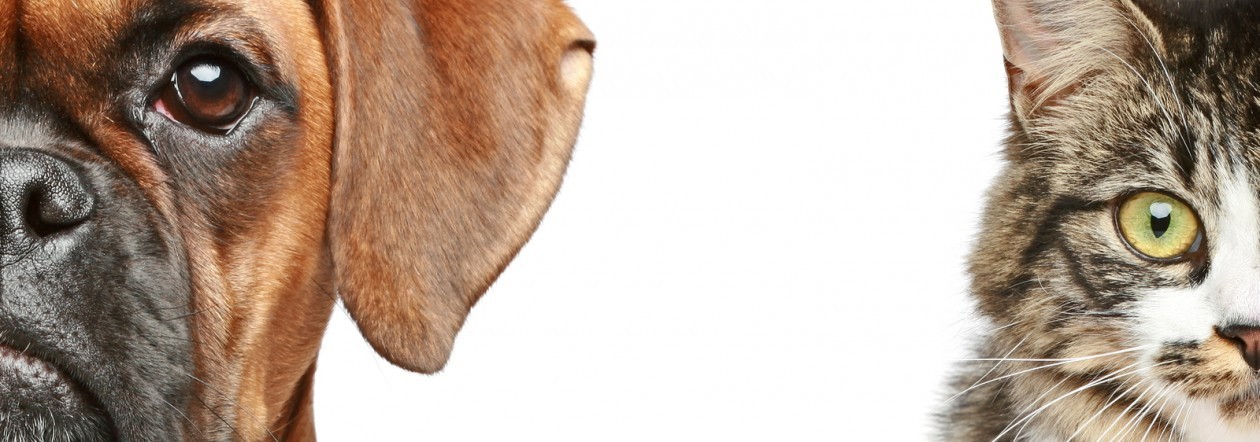 Fact is, nobody really knows! I find that hard to believe, don’t you? But it’s true.
Fact is, nobody really knows! I find that hard to believe, don’t you? But it’s true.
Nobody knows for certain why cats purr, but the following reasons are speculated:
Cats often purr when being petted, becoming relaxed, or when eating. Female cats are known to sometimes purr while giving birth. Domestic cats have been reported to purr when injured, sick, in pain or dying. Purring may have developed as a signalling mechanism between mother cats and nursing kittens. One theory is that it is not a sign of showing relaxation or content, but an attempt at “friendship” or a signal of “specific intent”. For example, when a cat is nervous and cannot escape the situation (at a veterinarian perhaps), its purr may serve as an attempt to avoid being hurt.German ethologist and cat behaviorist Paul Leyhausen interprets it as a signal that the animal is not posing a threat.
Scientists at the University of Sussex showed in 2009 that purring, or some purring, seems to be a way for domesticated cats to signal their owners for food. According to Dr. Karen McComb and her team, purring in the “about to be fed” context has a high-frequency component not ordinarily present. Humans report feeling an urgency to investigate and satisfy the cat’s needs; to wit: “feed me.” However, this variety of purring seems to be found only in cats in a one-on-one relationship with their caretakers. This “soliciting purr” is different from a cat’s normal purring.Another theory states that purring triggers a cat’s brain to release a hormone which helps it in relaxing and acts as a pain killer. This may be a reason why cats purr when distressed or in labour.
 Scientists at the University of California, Davis hypothesised that a cat’s purr can be used as a healing mechanism to offset long periods of rest and sleep that would otherwise contribute to a loss of bone density. The vibrations and contractions of a purr work during both inhalation and exhalation show a consistent pattern and frequency between 25 and 150 Hertz; these frequencies have been shown to improve bone density and promote healing. Dr. Lyons, one of the leading scientists in this study, suggests that this finding may be applicable to astronauts during extended periods in zero gravity. Bone density loss and muscle atrophy is a serious concern for astronauts during extended periods at zero gravity. Since during these periods musculo-skeletal systems do not experience the normal stresses of physical activity, including routine standing or sitting, which requires strength for posture control, exposing these astronauts to sound frequencies similar to those of a cat’s purr could counteract the deteriorating effects of zero-gravity.
Scientists at the University of California, Davis hypothesised that a cat’s purr can be used as a healing mechanism to offset long periods of rest and sleep that would otherwise contribute to a loss of bone density. The vibrations and contractions of a purr work during both inhalation and exhalation show a consistent pattern and frequency between 25 and 150 Hertz; these frequencies have been shown to improve bone density and promote healing. Dr. Lyons, one of the leading scientists in this study, suggests that this finding may be applicable to astronauts during extended periods in zero gravity. Bone density loss and muscle atrophy is a serious concern for astronauts during extended periods at zero gravity. Since during these periods musculo-skeletal systems do not experience the normal stresses of physical activity, including routine standing or sitting, which requires strength for posture control, exposing these astronauts to sound frequencies similar to those of a cat’s purr could counteract the deteriorating effects of zero-gravity.
Whatever! All I know for sure is that I LOVE it when my cat comes up to me and starts purring! My bet is . . . you do too!
